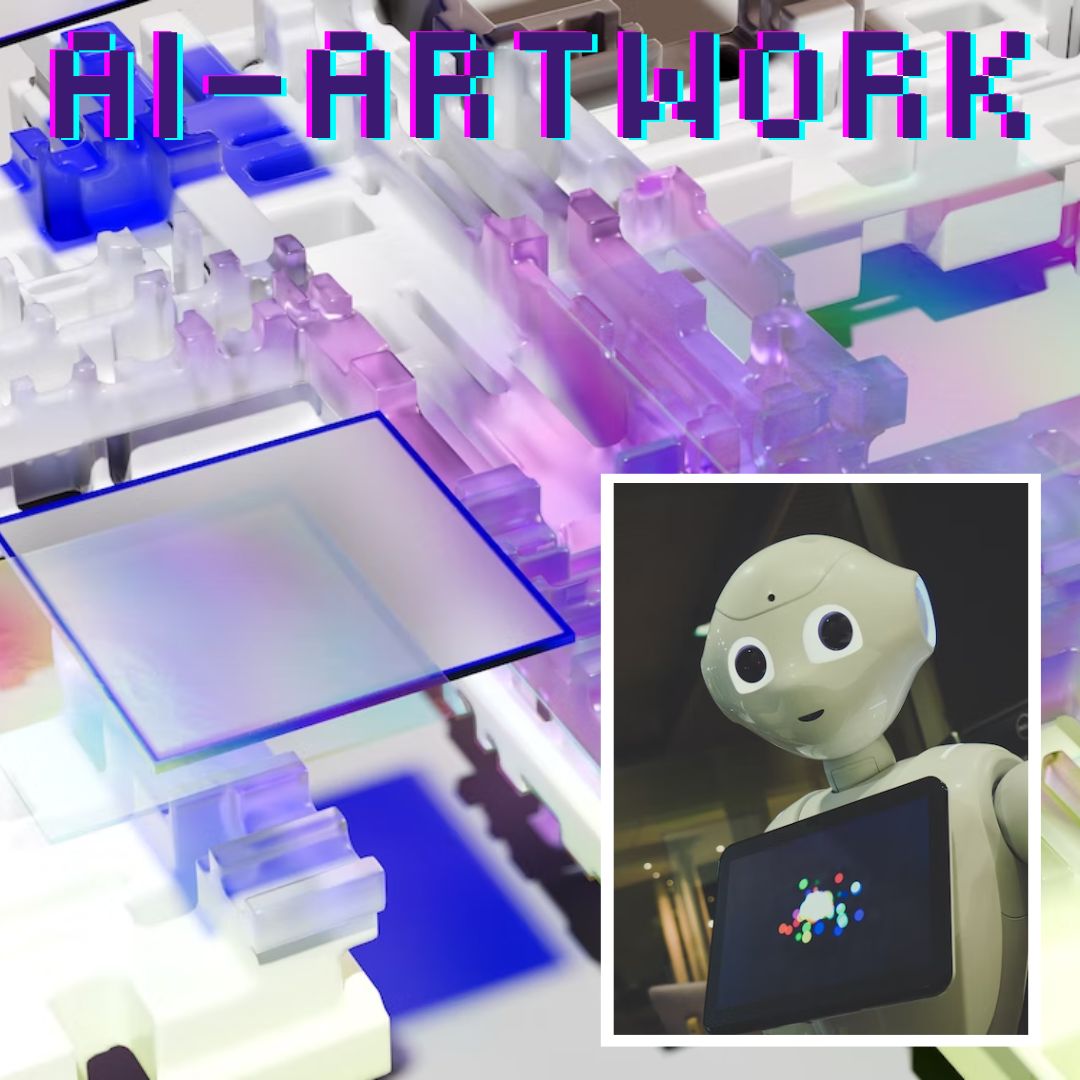Who Should Own The Copyright On AI-Generated Artwork? All You Need To Know
Writer: Vakilsearch
Vakilsearch.com is the pioneer online platform that provides legal services to startups, corporates and professionals in India.
Others/World, 21 Nov 2022 10:55 AM GMT | Updated 7 March 2023 12:08 PM GMT
Creatives : Shiva Chaudhary
A post-graduate in Journalism and Mass Communication with relevant skills, specialising in content editing & writing. I believe in the precise dissemination of information based on facts to the public.
Jason M Allen, a digital artist, presented his captivating work 'Théâtre D'opéra Spatial' and won the competition. But other artists did not consider his creation as the 'fruits of intellectual labour' as he used AI to create this artwork.
Artificial intelligence is here to make your life easy; from the auto-correct on your phone to creating award-winning digital art; AI is going places. On the go, it creates controversy!
Yes, the recently held Colorado state fairs' annual art competition has kickstarted a noteworthy debate among the art fraternity. Jason M Allen, a digital artist, presented his captivating work 'Théâtre D'opéra Spatial' and won the competition. But other artists did not consider his creation as the 'fruits of intellectual labour' as he used AI to create this artwork.
It led to a Twitter spat where artists, pro and against AI-based artwork, started expressing their views on this event. Eventually, all this summed down to a single question: Who should own the copyright of AI-generated artwork?
To answer this question, you will have to have a close look at two aspects, the first one is copyright law, and the second one is AI-related artwork.
How AI Works In The Field Of Art?
Artificial intelligence in art is used in two different ways: AI in the process of analysing existing art and AI in the process of creating new art. For this context, let's focus on the second category. AI-based art generation is not new; it has been in the field since the 1950s and 1960s when computer graphics were used.
Cut to 2022; multiple AI-based software is used in the Art field. AI-generated art is widely used in advertising, fashion, architecture, and films. All you have to do is, enter specific phrases, and the AI algorithm can help generate the pictures in just a few seconds. In this case, Jason M Allen used Midjourney to create his award-winning artwork.
Some of the significant benefits of using AI to generate art are that it creates hyper-realistic artwork that is sometimes impossible for humans to develop. Also, artificial intelligence in art is constantly evolving. On the contrary, artificial intelligence-based artwork doesn't require major human effort, and as an artist, you will not have complete control over the final product.
AI And Copyright Law
Copyright technically means a legal power provided to the creators to prevent copying and legally authorised that the creation solely belongs to them. In India, the Copyrights Act of 1957 governs this particular aspect and protects literary, dramatic, and artistic works from infringement.
Globally, copyrights are provided to a particular piece of art when it satisfies the following criteria:
1. Artistic Nature: To be copyrighted, it should be an artistic work like a painting, sculpture, drawing, or photograph. There is an argument that artificial intelligence-based artwork doesn't come under these descriptions.
2. Originality: It refers to the origin of the artwork from the author, and it should not be copied from other pieces of work. Artificial intelligence assimilates all the information on the Internet to create a particular piece of art or information. This is the reason that some people believe that it lacks originality.
3. Human Authorship: To copyright a piece of work, it is to be created by a citizen of that nation. In this context, a simple human command to the AI algorithm should not be taken as an effort to be copyrighted.
Global Stance On AI And Copyrights
The federal court of Australia clearly describes that originality requires creativity, novelty and intellectual effort by the author. This is a general notion all over the globe, especially in Australia, Japan, the European Union, and the United States.
But other parts of the world, like Hong Kong, India, Ireland, New Zealand, and the UK, have a different approach to copyrights of artificial intelligence-based art. The UK copyright law clearly states that 'In the case of literary, dramatic musical or artistic work which is computer generated, the author shall be taken to be the person by whom the arrangements necessary for the creation of the work are undertaken.'
Especially in India, there are some instances where artificial intelligence was provided with the status of a co-author. For a brief period, subsequently, it was withdrawn.
Now answering the main question: Who should own the copyright of AI-generated artwork? In the Indian subcontinent, as previously mentioned in the Indian Copyright Act under Section 2(d), either the AI programmer or the individual under whom the programmer works is provided with the copyright. Also, Section 24 of the Indian Copyright Act states that copyright protection is only limited to 60 years after an author's death. So this makes it impossible to offer copyrights to AI.
It is a problem when it comes to copywriting AI-generated art. In jurisdictions like India, the copyright is directly given to the closest human; however, this is not yet a complete solution. It is clear that the programmer or owner does not contribute 100% to the creation of the final work. Also, AI utilises a large amount of data to create a single piece of work, and it cannot be deemed original.
It is mandatory to hear both sets of arguments as they are valid. With continuous developments in the field of technology and art, it is mandatory to create a proper framework and introduce artificial intelligence-centred copyrights to mitigate this problem and create justice for original art and artists.
Also Read: Trademark Registration In The Metaverse Needs Proper Legislation: Know More
 All section
All section















